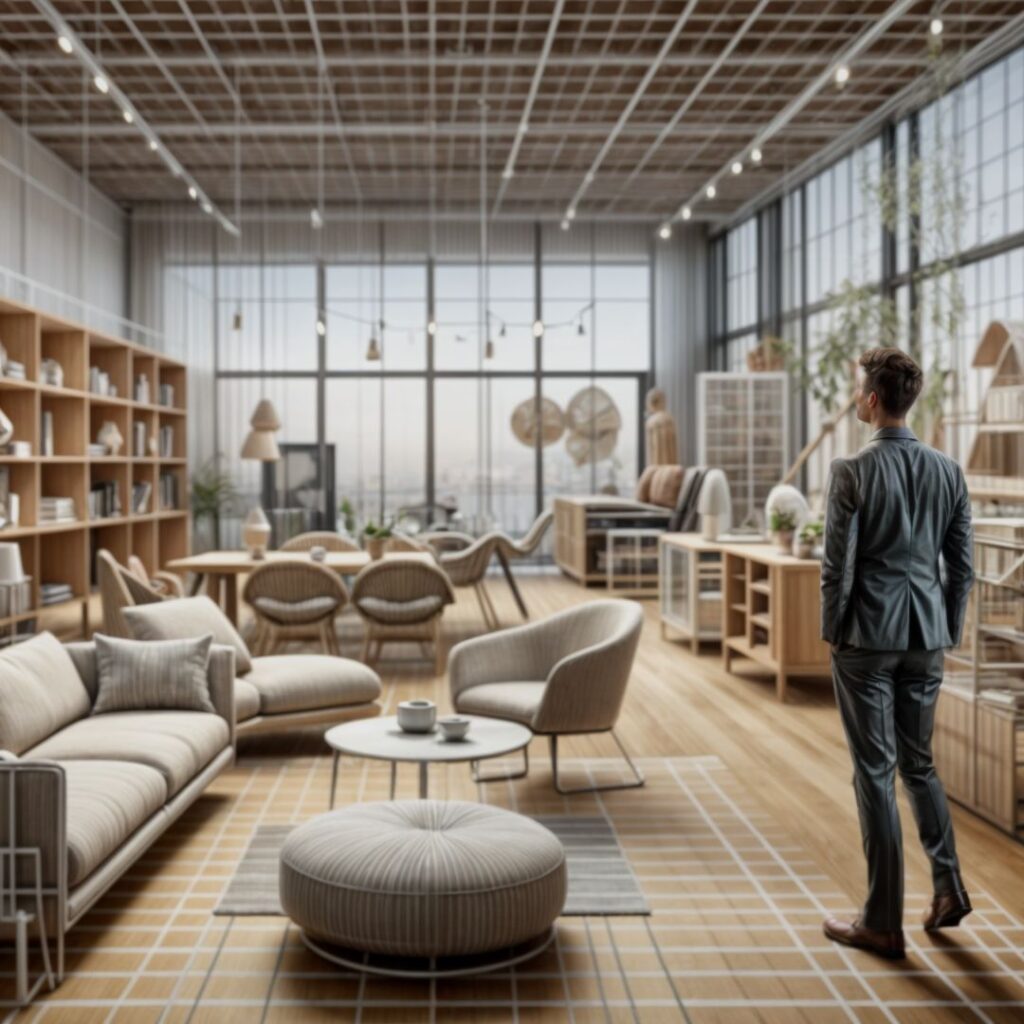Recently, the design industry has undergone a revolutionary transformation thanks to advancements in 3D customization. From personalized products to architectural marvels, 3D technology is reshaping how designers approach their craft, allowing for unprecedented levels of creativity, precision, and consumer engagement. Keep reading for a closer look at how 3D customization is redefining the design landscape!
The rise of personalization
One of the most significant impacts of 3D customization is the shift towards personalized design. Consumers today crave unique, tailored experiences, and 3D customization delivers just that. Whether it’s customized fashion, personalized home décor, or bespoke jewelry, designers can now create products that cater to individual preferences with remarkable accuracy.
For instance, companies like Nike and Adidas offer customized sneakers where customers can choose colors, patterns, and even add personal inscriptions. This level of personalization not only enhances customer satisfaction but also fosters a deeper emotional connection between the consumer and the product.
In fact, according to a McKinsey’s research, personalization can reduce product return rates, enhance customer satisfaction, and boost brand loyalty. Companies that successfully implement personalization strategies can see up to a 10% increase in revenue and a higher rate of repeat purchases.
Precision and efficiency in design
3D customization tools allow designers to achieve a level of precision that was previously unattainable. Advanced software enables the creation of intricate and complex designs with ease, ensuring that every detail is meticulously crafted. This precision is particularly valuable in industries such as architecture and engineering, where accuracy is paramount.
Moreover, 3D printing technology complements these tools by translating digital designs into physical objects with high fidelity. This synergy between design software and 3D printing streamlines the prototyping process, reducing the time and cost involved. Designers can quickly iterate on their ideas, making adjustments in real-time and testing various versions before finalizing a design.
Sustainable design practices
Sustainability is a growing concern across all industries, and 3D customization is playing a pivotal role in promoting eco-friendly design practices. Traditional manufacturing often involves significant waste due to overproduction and excess materials. In contrast, 3D printing is an additive process, meaning it only uses the necessary amount of material to create an object, significantly reducing waste.
Additionally, 3D customization enables a made-to-order approach. Instead of mass-producing items based on forecasted demand, companies can produce goods only when an order is placed. This approach drastically reduces waste and excess inventory, making the manufacturing process much more sustainable. For example, when customers order customized sneakers from Nike or Adidas, each pair is made specifically for that order, ensuring that no resources are wasted on unsold stock.
3D customization also promotes localized production. Products can be designed and manufactured close to the consumer, reducing the carbon footprint associated with shipping and logistics. This localized approach not only benefits the environment but also supports local economies and small-scale producers.

Enhancing collaboration and creativity
The integration of 3D customization in the design process fosters greater collaboration and creativity. Designers can easily share digital models with clients, stakeholders, and team members, facilitating feedback and collaborative iteration. Virtual reality (VR) and augmented reality (AR) technologies further enhance this experience by allowing stakeholders to visualize and interact with designs in a virtual space before they are brought to life.
This collaborative environment encourages innovation, as designers can experiment with bold ideas and receive instant feedback. The ability to quickly prototype and refine designs reduces the risk associated with creative exploration, leading to more groundbreaking and imaginative outcomes.
Expanding accessibility
3D customization is democratizing the design industry by making sophisticated design tools more accessible to a broader audience. This accessibility is empowering a new generation of designers and enthusiasts, fueling a surge of creativity and innovation across various fields.
Furthermore, some online marketplaces allow independent designers to share and sell their 3D-printed creations, reaching a global audience and turning passion projects into viable businesses.
Conclusions
The advent of 3D customization is revolutionizing the design industry, offering unprecedented opportunities for personalization, precision, sustainability, collaboration, and accessibility. As technology continues to evolve, we can expect even more innovative applications and transformative impacts on how we conceive and create designs. The future of design is undoubtedly 3D, and it’s an exciting time to be a part of this dynamic and ever-evolving industry.
